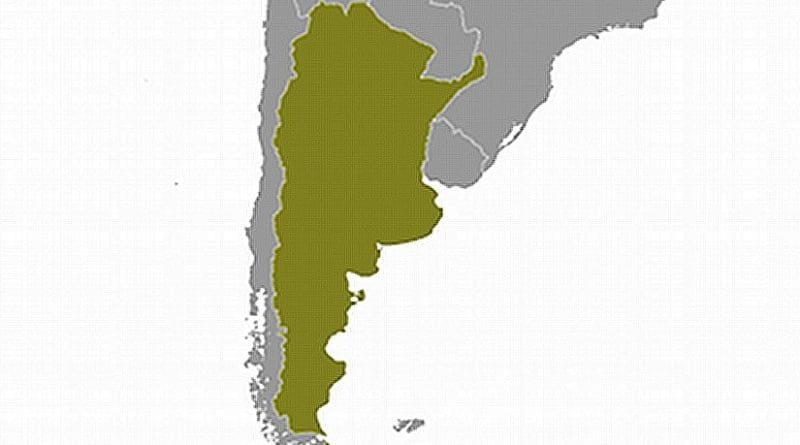Argentina: WW2 German Hideout Discovered
By MINA
It might not be Hitler’s famous Wolfsschanze, but researchers are equally excited to study an apparent Nazi lair hidden in the Argentinian jungle. They believe it was proactively built to house top Nazi members in the case of their defeat in WWII.
Researchers from the University Of Buenos Aires (UBA), together with archaeologists from the Museum Andrés Guacurarí, stumbled upon ruins of a site that is believed to have been erected to house high-ranking former Nazi officials.
The team is studying the buildings laying in relatively inaccessible part of the Teyú Cuaré Park, southeast of Misiones, on the border with Paraguay.
The cluster consists of three stone structures, now covered by thick vines: Living quarters, a warehouse and a third structure that apparently served as a half-hidden lookout. The place is believed to be strategically sought by whoever built it, as it has a panoramic view and walls that are three feet thick. It also has an easy escape route to neighbouring Paraguay, in the case that someone might have to quickly flee the country.
The researchers found several objects that indicate that the constructions were carried out in the first half of the 1940s. Among the most significant findings are German coins from between 1938 and 1944 and porcelain from about the same period.
Although there was only circumstantial evidence to link the finding to Nazis, Schavelzon believes there could not be any other explanation as to why anyone else would have put so much effort and money into building in a place almost completely inaccessible at the time. The architecture and materials used were also atypical of this region.
CAU scientists doubt that the Nazi hierarchy ever used these shelters. The evidence of a Nazi presence there suggests that it was only used at the stage of construction.
“Apparently, halfway through the Second World War, the Nazis had a secret project of building shelters for top leaders in the event of defeat – inaccessible sites, in the middle of deserts, in the mountains, on a cliff or in the middle of the jungle like this,” Daniel Schavelzon, leader of the team who spent months exploring the site, told Argentine media.
Local legend, however, has it that Martin Bormann, one of Hitler’s close allies and the head of the Nazi Party Chancellery, used to seek refuge in this jungle.
After WWII, thousands of German Nazis, as well as Croatian and Italian fascists, were allowed to escape justice in Europe when President Juan Domingo Perón welcomed them with open arms. An estimated 5,000 Nazis eventually found safe haven in Argentina.

